When developing the earth's groundwater resources, wellbores play a key role in ensuring the integrity, stability and efficiency of the entire water extraction process. Whether for domestic water supply, agricultural irrigation, or industrial applications, well casing acts as a protective barrier, protecting the wellbore from external factors and supporting the well's overall functionality. In this comprehensive article, we’ll dive into the intricate details of what well casing is, its importance, the materials used, the installation process, and its role in sustainable groundwater management.
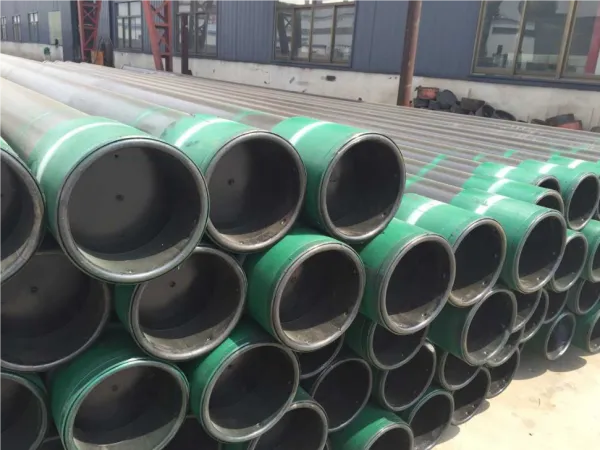
A well casing is a cylindrical structure that lines the wellbore and forms a protective barrier between the pumped water and the surrounding geological formations. Its main purpose is to prevent wellbore collapse, water contamination and the ingress of unwanted substances from the surrounding environment. Essentially, well casing provides structural support to the well, ensuring its stability and longevity.
Well casings are typically made of durable materials such as steel, plastic, or concrete, and are selected based on factors such as well depth, geological conditions, and the well's intended use. These casings consist of sections joined together to form a continuous protective lining along the entire length of the wellbore.
The importance of well pipe casing
1. Groundwater protection
One of the basic functions of well casing is to protect the purity of extracted groundwater. Without proper casing, contaminants from surrounding soil layers or surface water can seep into the well, affecting water quality. This is especially important for domestic wells where water is directly consumed or for agricultural wells where water quality directly affects crop health.
2. Structural integrity
Well casing provides structural stability to the wellbore, preventing it from collapsing under the intense pressure exerted by surrounding geological formations. Casing acts as reinforcement, maintaining the integrity of the well and ensuring its long-term functionality.
3. Prevent cross contamination
In areas with multiple aquifers or different aquifers, well casing helps prevent cross-contamination between these layers. Without a proper enclosure, water from one layer can migrate to another layer, changing the water's chemistry and making it unsuitable for its intended use.
Types of Well Pipe Casing Materials
1.Steel shell
Steel is a widely used well casing material because of its strength, durability, and corrosion resistance. The thickness of steel casing can vary depending on the depth of the well and geological conditions. Additionally, steel casings are often coated with materials such as zinc or epoxy to enhance corrosion resistance.
2.PVC (polyvinyl chloride) shell
PVC casing is a popular choice for shallow wells and areas where corrosion is not severe. PVC is lightweight, easy to install and cost-effective. However, it may not be suitable for deep wells or environments with abrasive conditions.
3. Concrete shell
Concrete sleeves are used where extra strength and durability are required. It is commonly used in large diameter wells, especially industrial or municipal water supplies. The concrete shell resists corrosion and provides excellent structural support.
4. Fiberglass shell
Fiberglass casing offers a corrosion-resistant alternative, especially in wells with acidic or corrosive conditions. It is lightweight and strong, making it ideal for environments where other materials may deteriorate quickly.
Materials Used in Well Pipe Casing
The most common material for well pipe casing is carbon steel, due to its strength and cost-effectiveness. However, depending on the environment, other materials may be used:
API Grade Carbon Steel (e.g., J55, K55,
N80, L80, P110)
Stainless Steel (for corrosion-prone environments)
PVC or Fiberglass Reinforced Plastic (FRP) (for shallow or low-pressure water wells)
Alloyed Steel with Corrosion-Resistant Properties (e.g., CRA casing for sour gas wells)
Well Pipe Casing Installation Process
1. Site preparation
Thorough site preparation is necessary before installing well casing. This includes clearing the area around the wellhead, ensuring there are no obstructions, and assessing geological conditions to determine appropriate casing material and size.
2.
Drilling
Once the site is ready, the drilling process begins. During drilling, a borehole is formed by penetrating various geological layers until the desired aquifer or water source is reached. The diameter of the drill hole should be slightly larger than the diameter of the casing to facilitate smooth installation of the casing.
3. Casing placement
Once the desired depth is reached, carefully place the well casing into the borehole. This process is essential to ensure that the casing remains straight and intact during installation. Enclosures are usually installed in sections, with each section securely attached to the previous one.
4. Grouting
To further enhance the integrity of the well, the annular space between the outer surface of the casing and the borehole is filled with cement slurry. This sealing material prevents water from migrating between different geological formations and provides additional support to the casing.
5. Well completion
Once the casing is installed and grouted, the well is completed by connecting the wellhead and installing any necessary pumping equipment. The entire system is then tested to ensure its functionality and the quality of the extracted water.
Casing Challenges and Considerations
1.Corrosion
Corrosion is a common concern, especially with steel well casing. The presence of corrosive elements in water or soil can cause casing to deteriorate over time, compromising its structural integrity. Protective coatings and regular inspections are critical to mitigating corrosion-related problems.
2. Compatibility with geological conditions
Different geological formations present unique challenges for well casing installation. The casing material selection and installation process must be carefully tailored to the specific geological conditions to ensure optimal performance and service life.
3. Regulatory Compliance
Casing installation is subject to various regulations and standards to ensure protection of groundwater resources and public health. Compliance with these regulations is critical and failure to comply may result in legal consequences and environmental harm.
Sustainable groundwater management and casing
1. Resource protection
Effective well casing is a critical component of sustainable groundwater management. By preventing contamination and ensuring the structural integrity of the well, casing helps responsibly use and protect water resources for future generations.
2. Groundwater recharge
Well casing can also play a role in groundwater recharge projects. These include intentionally allowing water to seep into the ground, replenishing aquifers and supporting ecosystems. Properly designed well casing can facilitate a controlled recharge process without compromising water quality.
3. Monitoring and maintenance
Sustainable groundwater management involves regular monitoring and maintenance of wellbores. Regular inspections, water quality testing and prompt resolution of any issues contribute to the long-term sustainability of groundwater extraction.
Advanced well pipe casing technology
1. Sonic and hydraulic drilling technology
Recent advances in drilling technology have introduced sonic and hydraulic drilling technologies, providing more precise and efficient drilling methods. Sonic drilling uses high-frequency vibrations to break through geological formations and reduce the possibility of well pipe casing damage. Hydraulic drilling, on the other hand, uses pressurized fluid to remove cuttings, minimizing the risk of wellbore instability during drilling.
2. Nanotechnology coatings
In the ongoing effort to improve the corrosion resistance of well pipe casings, researchers are exploring the application of nanotechnology coatings. These coatings, usually composed of nanocomposites, form a protective layer on the surface of the housing, significantly reducing the impact of corrosive elements. Nanotechnology promises to extend the life of well casings in challenging environments.
Case Study: Successful Oil Well Pipe Casing Implementation
1. Artesian wells in the Midwest
In the arid regions of the Midwest, well pipe casing plays a vital role in tapping confined aquifers, creating artesian wells, and providing sustainable water sources for agriculture and communities. Carefully selected corrosion-resistant materials and meticulous installation workmanship have contributed to the long-term success of these wells, demonstrating the importance of well pipe casing in areas where water is scarce.
2. Urban Well Network
In urban settings where space is often limited, well pipe casing becomes even more important to prevent cross-contamination between shallow and deep aquifers. Successful urban water well networks rely on advanced well pipe casing materials and precise installation techniques to ensure reliable access to water for a growing population.
Future trends in well pipe casing technology
1. Intelligent well pipe casing system
Integrating smart technology into casing systems is coming. Smart well pipe casing can provide real-time data on water quality, casing integrity and overall well performance. This data is valuable for proactive maintenance, optimizing well operations and ensuring the sustainability of groundwater resources.
2. 3D printing of custom housings
The emerging field of 3D printing promises to tailor wellbores to specific geological conditions. The technology enables the creation of complex shell designs that maximize structural integrity while minimizing material use. Custom 3D printed casing could revolutionize the efficiency and sustainability of oil well construction.
Community involvement in casing projects
1. Citizen Science Initiative
Involving local communities in casing projects can foster a sense of ownership and responsibility for groundwater resources. Citizen science initiatives engage community members in monitoring well pipe casings, conducting water quality testing and participating in maintenance activities. This engagement can lead to more sustainable groundwater management practices and increase awareness of the importance of well pipe casing.
2. Collaborative research and development
Researchers, engineers and local communities can collaborate on casing research and development projects. This collaborative approach ensures casing solutions meet the specific needs of different regions and geological conditions. By bringing together diverse expertise, these projects contribute to the advancement of casing technology and practice.
Industry Standards and Grades (API 5CT) of well pipe casing
The most recognized standard for oil and gas casing is API 5CT, established by the American Petroleum Institute. This standard covers the:
Manufacturing process
Dimensions and tolerances
Material grades
Mechanical properties
Testing requirements
Common API Grades:
|
Grade
|
Yield Strength (psi)
|
Application Notes
|
|
J55
|
55,000
|
Shallow wells, good for mild environments
|
|
N80
|
80,000
|
Moderate depth wells with higher pressure
|
|
L80
|
80,000
|
Excellent for sour service (H₂S environments)
|
|
P110
|
110,000
|
Deep, high-pressure wells
|
Conclusion
In summary, well pipe casing is a critical element in the process of developing groundwater resources. Its multifaceted role in protecting water quality, ensuring structural stability and preventing pollution highlights its importance in a variety of applications from domestic water supplies to industrial water supplies. Casing material selection, proper installation techniques, and compliance with regulatory standards are critical to maximizing the effectiveness and service life of well pipe casing. As we work toward sustainable groundwater management, the role of well casing becomes even more apparent, emphasizing its contribution to responsible water use and environmental protection.
As technology continues to advance and our understanding of groundwater management deepens, the role of well pipe casing in protecting and protecting water resources is evolving. From cutting-edge materials to innovative drilling technologies and community engagement, the well pipe casing landscape is dynamic and diverse. Embracing these advances and incorporating them into well construction programs ensures that we are not only meeting current water needs but also paving the way for sustainable groundwater management in the future. The wellbore is not just a static component but a dynamic and integral part of our responsible stewardship of water and the environment.






 English
English Español
Español بالعربية
بالعربية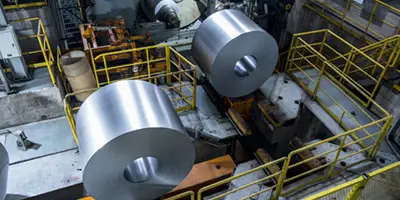
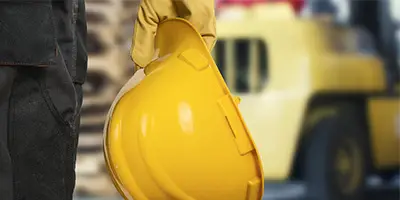
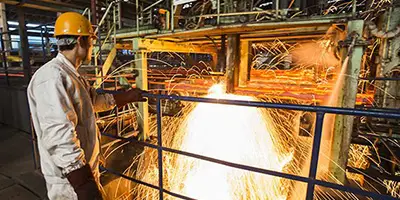
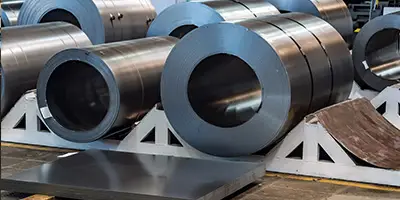

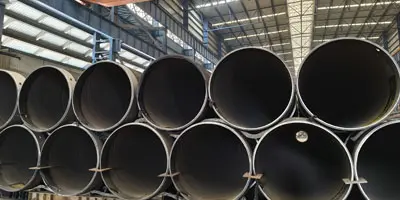

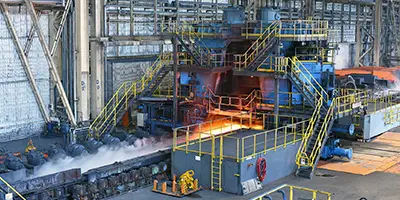
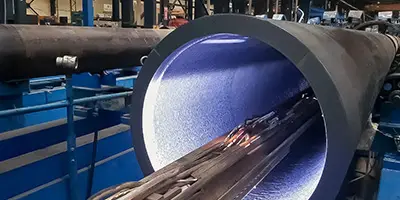
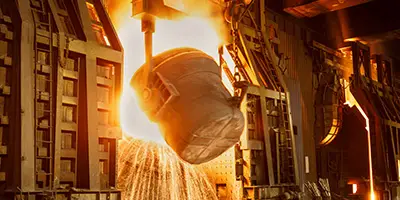
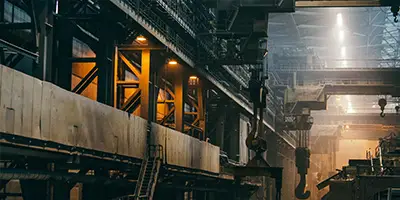

 Phone :
Phone :  Whatsapp :
Whatsapp :  Email :
Email : 


